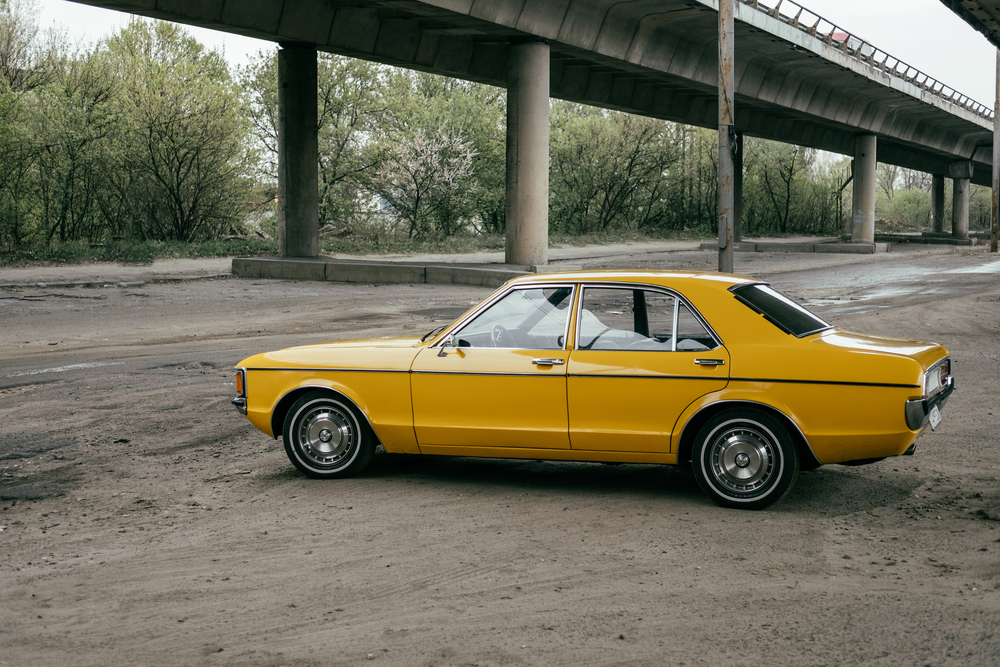Exploring The Evolution Of Vintage Rides Through Classic Car Design Features

The automotive world has seen immense transformation over the past century. However, it's the classic car design features that truly encapsulate the essence and evolution of this dynamic industry. As we journey through time, these iconic design elements not only give us a glimpse into the aesthetics of the past but also offer insight into the technological advancements and societal influences of their eras.
Roaring Twenties: Flamboyance and Elegance
The 1920s were a time of prosperity and innovation. Cars from this era showcased:
- Chrome Accents: This was the golden age of chrome, adding shine and opulence to vehicles.
- Running Boards: Positioned between the car’s front and rear wheels, these were both functional and stylish.
- Vertical Grilles: A prominent feature that gave the cars a stately presence.
1930s: Streamlined and Aerodynamic
As the world grappled with economic challenges, the car industry leaned towards more aerodynamic designs:
- Teardrop Shapes: Inspired by the aviation industry, cars took on a more streamlined appearance.
- Art Deco Influence: Geometric patterns and sleek lines dominated the design landscape.
The War-Torn 1940s: Function Over Fashion
The Second World War had a profound impact on car designs:
- Larger Bodies: Cars became bulkier due to the emphasis on practicality over aesthetics.
- Simpler Designs: With metal rationed for war efforts, unnecessary embellishments were discarded.
1950s: Age of Fins and Flash
Post-war prosperity ushered in an era of flamboyance:
- Tail Fins: Inspired by fighter jets, tail fins became synonymous with the 1950s automotive landscape.
- Bright Colors: Pastel shades and two-tone paint jobs were all the rage.
1960s: The Muscular Era
The '60s saw the birth of muscle cars and some legendary models:
- Hood Scoops: Functional and stylish, they allowed for more air intake to the engine.
- Racing Stripes: Reflecting the performance-oriented design, many cars sported stripes.
1970s: Downsize and Diversity
Following the oil crisis, car designs saw significant shifts:
- Smaller Engines: Fuel efficiency became a priority, resulting in smaller, more economical engines.
- Hatchbacks: Compact and versatile, the hatchback style gained popularity.
Understanding the Societal Impact on Design Features
Classic car design features were not solely influenced by technological advancements. They were also a reflection of societal changes:
- Economic Factors: The Great Depression and the oil crisis, for instance, had direct impacts on car sizes and fuel efficiencies.
- Cultural Movements: The flamboyant '50s and the swinging '60s mirrored societal optimism and cultural revolutions, leading to more vibrant and bold designs.
- Technological Progress: The rise of jet technology in the '50s influenced tail fins, while the space age influenced futuristic designs.
Classic Cars as Time Capsules
Each era, with its unique classic car design features, offers a glimpse into the past — reflecting the societal moods, technological advancements, and artistic inclinations of the time. For car enthusiasts, collectors, and even the average buyer, understanding these design elements adds layers of appreciation to the vehicles of yesteryears. It reminds us that cars are not just modes of transportation but are also moving pieces of history, encapsulating stories and memories of bygone eras.